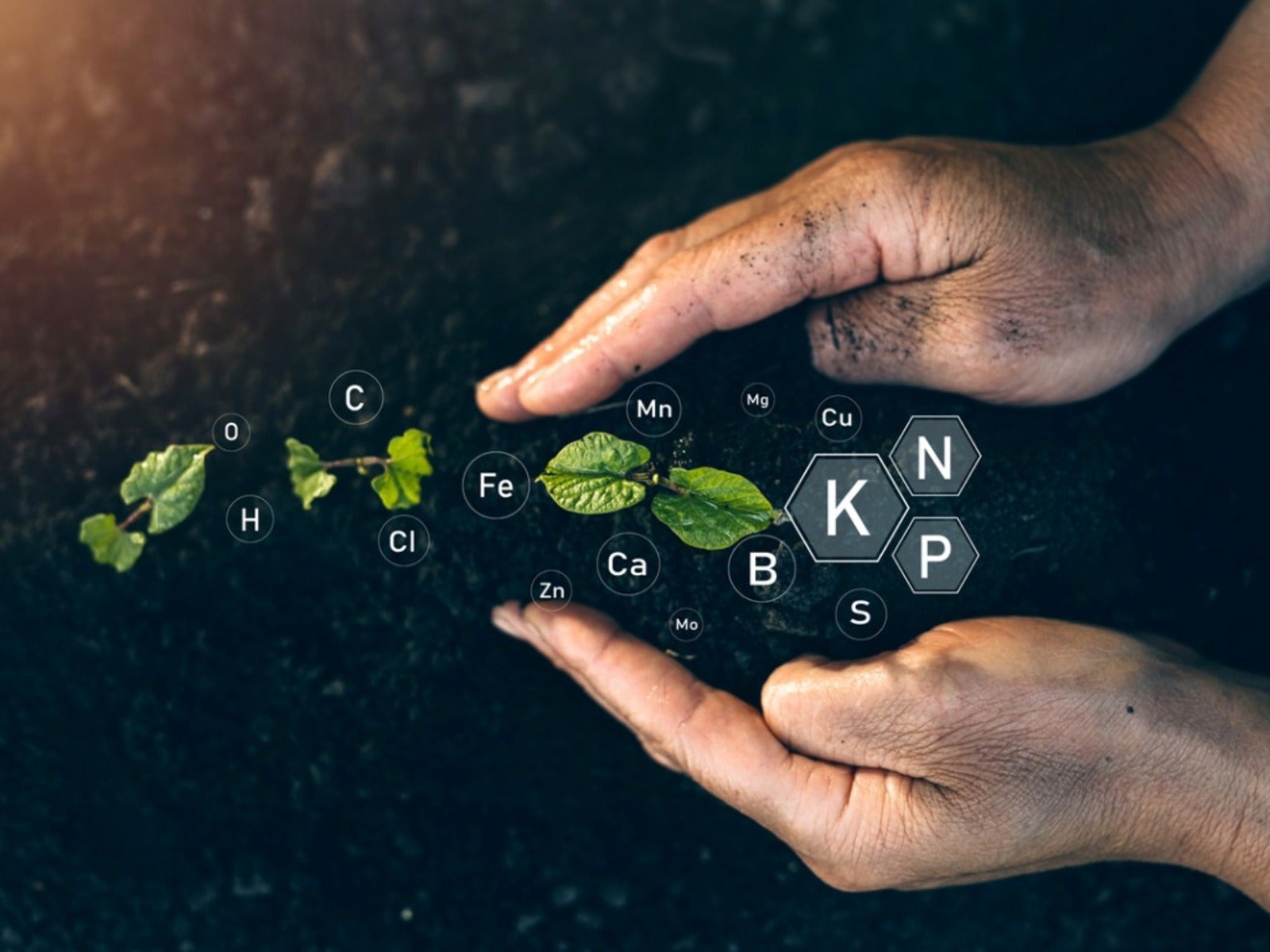Soil Nutrients: Everything You Need To Know


Soil nutrients are what plants absorb to make their own food. What nutrients are in soil is similar to the vitamins and nutrients we need in our food for our bodies to thrive. All living things need nutritional chemical substances.
What nutrients are in soil that plants require? There are more than a few. Read on to learn all about the optimal nutrient soil.
Soil and Soil Nutrients for Plants
Plants rely on the soil they grow in for many of their needs. Everyone knows that soil gives a plant stability as the roots extend downward, but that’s not all. Soil also protects plants from dramatic changes in temperature, which becomes very important during the hottest and coolest times of the year. In addition, it provides oxygen used by the plants’ roots to break down sugars into form they can use, and water that travels up the plants’ roots carrying essential nutrients. Soil nutrients are used in every part of the life process of a plant.
What Nutrients Are in Soil?
Plants absorb nutrients from soil, as well as from the water that's in the soil. The primary nutrients they need to make food for energy are carbon, hydrogen, and oxygen. Other organic soil nutrients include the “big three,” nitrogen, phosphorus and potassium, as well as calcium, magnesium, and sulfur.
Essential Soil Nutrients
When it comes to essential nutrients for plants, several are provided by air and water. The other important elements come from essential soil nutrients. The soil itself provides these nutrients, although they can be added and supplemented to the soil as fertilizers.
These soil nutrients almost always enter a plant through its roots.
The most important nutrients - the ones plants require in larger amounts - are referred to as macronutrients. These are:
Sign up for the Gardening Know How newsletter today and receive a free copy of our e-book "How to Grow Delicious Tomatoes".
- nitrogen
- phosphorus
- potassium
- calcium
- magnesium and
- sulfur
Nutrients that plants require only in tiny amounts are called micronutrients. They include:
- iron
- chlorine
- zinc
- molybdenum
- boron
- manganese
- copper
- sodium and
- cobalt
How Soil Nutrients Affect Plants
Not every soil nutrient is easy for a plant to access. In order for a plant to tap into elements in the soil, the element must be in a chemical form that the plant can absorb and it must also be dissolved in water. Undissolved or granular soil nutrients- like those in newly applied fertilizer - have potential to aid the plant but are not immediately helpful.
Think of the soil as acting as a bank of nutrients. A plant withdraws nutrients from soil like one might take money from a checking account. But those undissolved nutrients are like funds that aren’t immediately available to withdraw and stashed in a separate account. Once all of the readily available nutrients are absorbed, nutrients are transferred from one “account” to the other.
Note that too much of a good thing can be a bad thing when it comes to soil nutrients. Too many nutrients often have a negative impact on an ecosystem. For example, they can result in a harmful algae bloom that creates dead zones in an ecosystem as algae, which absorbs all of the nutrients.
Testing for Soil Nutrients
It is important to do soil testing to determine the quantity of nutrients available to plants. This enables a gardener to add the nutrients that are lacking rather than applying more of the nutrients already present.
Soil test results are used to determine the type and amount of fertilizer to be recommended. Soil testing is often provided by a local university extension service for a nominal fee. Essentially, you can collect some soil as a sample and submit it for analysis.
Summary:
Good garden soil needs nutrients and micronutrients. Contact your local extension service and request a soil test to be sure it has the right balance of both.

Teo Spengler is a master gardener and a docent at the San Francisco Botanical Garden, where she hosts public tours. She has studied horticulture and written about nature, trees, plants, and gardening for more than two decades, following a career as an attorney and legal writer. Her extended family includes some 30 houseplants and hundreds of outdoor plants, including 250 trees, which are her main passion. Spengler currently splits her life between San Francisco and the French Basque Country, though she was raised in Alaska, giving her experience of gardening in a range of climates.